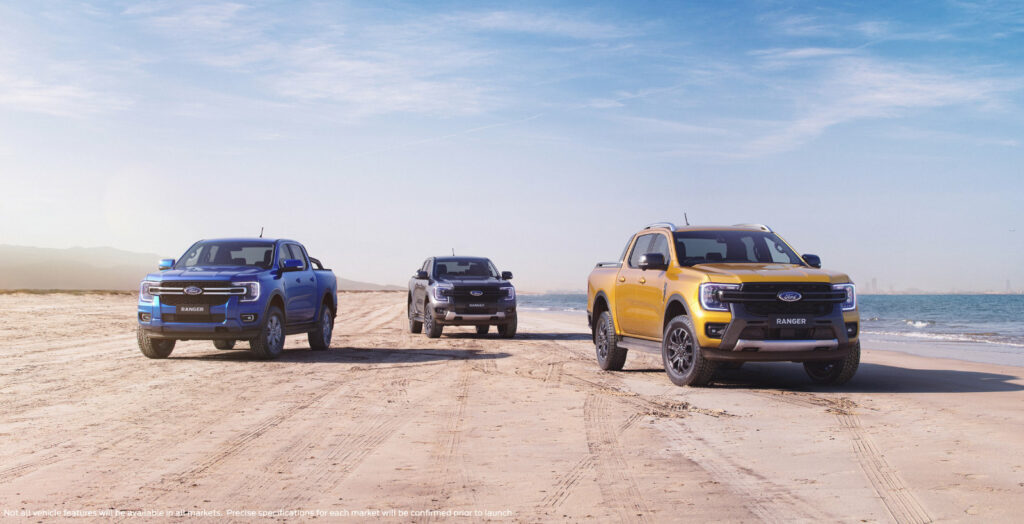The 1983 Corolla liftback—the E80 series was peak Corolla, relative to what was on offer in the C segment. Toyota was on a high then. Tesla finished itself this year, by firing its new-product development team at a time when it desperately needs new products—proper products, too, not the Cyberstuck which has so many […]
Tag: car industry
Autocade reaches 34 million page views
We crossed the 34 million page view mark at Autocade a few days ago, with the counter currently on 6,444,257. Add that to the 27,647,011 that we netted before the old server was decommissioned, that’s 34,091,268. The site is sitting on 4,872 models, quite a few of which were uploaded while I put together […]
Nissan, get ready to pay up: Carlos Ghosn’s after US$1 milliard
Good on Carlos Ghosn for filing his lawsuit against Nissan Motor Co. and others, including Hari Nada, as reported in Automotive News. Things you won’t have heard since Ghosn fled to Lebanon: In 2020, a UN panel found that Ghosn’s detention in a Japanese jail for more than 100 days was neither necessary nor reasonable […]
Read More… from Nissan, get ready to pay up: Carlos Ghosn’s after US$1 milliard
Ford means nothing at all

I followed a Ford Ranger today and felt nothing. This isn’t as strange as it sounds. Ford has become a truck company here, too, and there’s nothing about the blue oval that stirs the soul any more. Mustangs are rare, and Ford—which once democratized flash—doesn’t have the brand equity that it used to. Never mind […]
Are hybrids better for the environment than pure EVs?
Shared by a family member. Hear out Dr Graham Conway, principal engineer in the Automotive Division at Southwest Research Institute, and why zero-emission vehicles are not truly zero-emission. It’s a point I’ve made way, way back (in the 2000s) when I cited a study which showed the Ford Fiesta Econetic, a diesel car, was the […]
Read More… from Are hybrids better for the environment than pure EVs?
If corporate America says it, it’s probably untrue
Le dernier. I see the Le Snak range has now left us, after its US owner PepsiCo cited a lack of demand. I call bullshit, since during 2021 it was becoming increasingly difficult to find them on the shelves. Throttling distribution is not the same as a lack of demand, something you see time […]
Read More… from If corporate America says it, it’s probably untrue
Most of our top 10 sellers reflect our ignorance
The Suzuki Swift: one of the saving graces on New Zealand’s top 10 list. At the Opel relaunch briefing yesterday, I was shocked to find that these were New Zealand’s top selling vehicles for 2021. I knew about the first two, but had always assumed a Toyota Corolla would follow, plus some regular cars. […]
Read More… from Most of our top 10 sellers reflect our ignorance
GM and Ford keep falling down the top 10 table
It’s bittersweet to get news of the Chevrolet Corvette from what’s left of GM here in New Zealand, now a specialist importer of cars that are unlikely to sell in any great number. And we’re not unique, as the Sino-American firm pulls out of entire regions, and manufactures basically in China, North America, and South […]
Read More… from GM and Ford keep falling down the top 10 table
Have you driven a Ford … lately? Probably not
Ford’s Brazilian line-up, 2021. Once upon a time, there were locally developed Corcels and Mavericks; even the EcoSport was a Brazilian development. Today, it’s Mustang, a couple of trucks, and a rebadged Chinese crossover. We heard a lot about the demise of Holden as GM retreats from continents at a time, seemingly in a […]
Read More… from Have you driven a Ford … lately? Probably not
Brand, sub-brand or model? China’s getting into a confusing phase
The Dongfeng Aeolus AX7. But just where does Aeolus sit when it comes to indexing in Autocade? This is something that might have to come out in the wash, and it might take years. I think we can all agree that Ssangyong is a marque or a make, and Korando is a model. Never […]
Read More… from Brand, sub-brand or model? China’s getting into a confusing phase